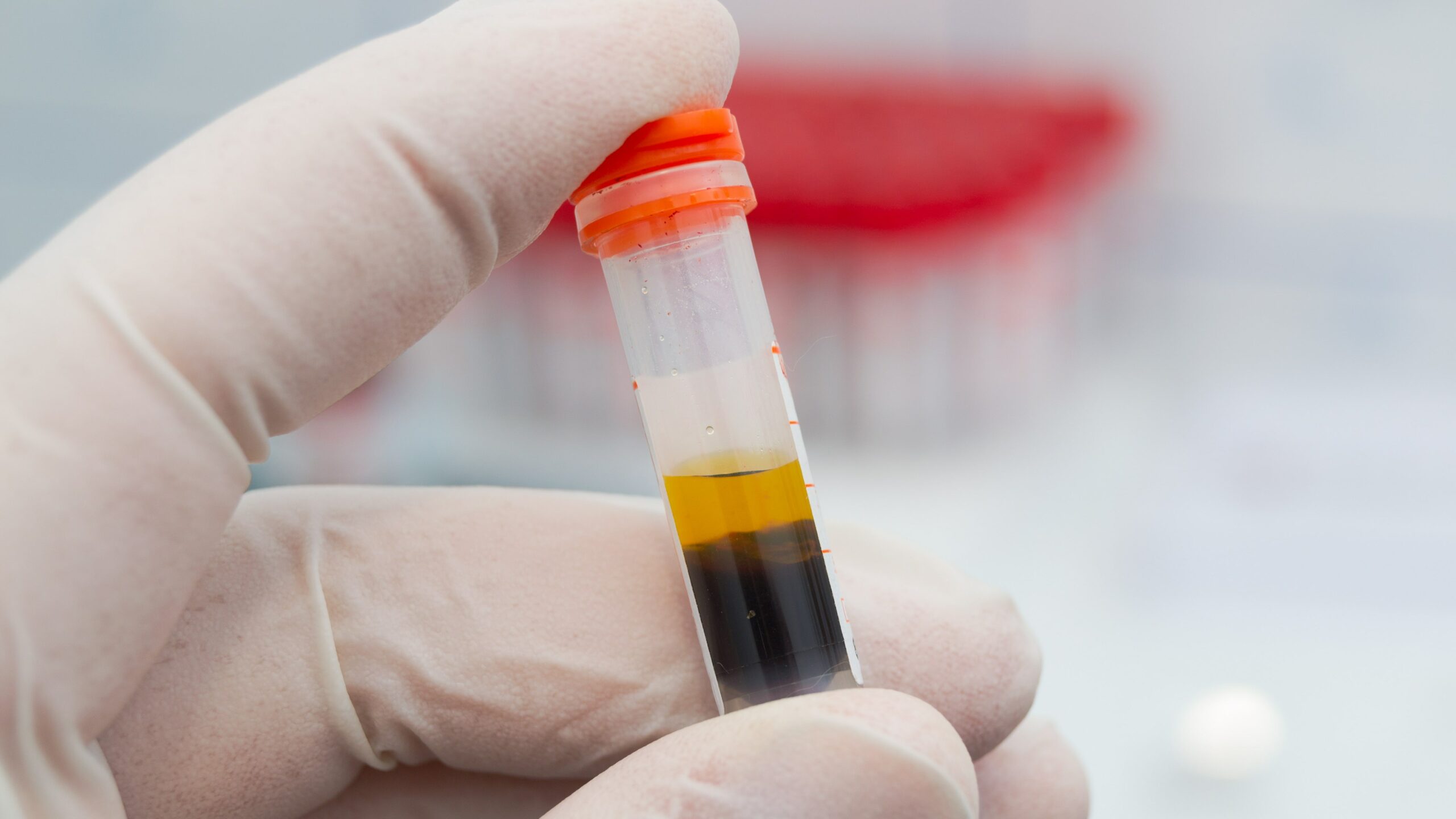
Common carotid artery intima-media thickness (CCAIMT) and carotid plaque levels were significantly elevated in patients with gout compared with those in a healthy control group, according to findings of a recent study published in Clinical and Experimental Rheumatology.
The study, which examined the prevalence and risk factors associated with increased CCAIMT and carotid plaque in patients with gout, included 237 patients with gout and a control group of 80 patients without gout. The investigators analyzed demographic information, chronic comorbidities, disease-related characteristics, and a broad spectrum of biochemical markers (a total of 42 parameters). Using bilateral carotid artery ultrasound, CCAIMT and carotid plaque levels were evaluated in patients with gout and the control group.
Researchers found that CCAIMT and the presence of carotid plaque were significantly elevated in patients with gout compared with those in the healthy control group (both P<.001). The prevalence of thick CCAIMT (>0.9 mm) was observed in 22.4% of patients with gout, while carotid plaque was found in 34.6%.
The investigators also employed forward-stepwise multivariate logistic regression models to identify independent risk factors associated with elevated CCAIMT and carotid plaque prevalence in patients with gout.
For thick CCAIMT, the results suggested that age, disease duration, alkaline phosphatase, and low-density lipoprotein cholesterol were independently associated with an increased risk. Conversely, serum uric acid exhibited the opposite trend. For carotid plaque, age, presence of tophi, and triglycerides were identified as independent risk factors. Serum uric acid again demonstrated the opposite trend.







 © 2025 Mashup Media, LLC, a Formedics Property. All Rights Reserved.
© 2025 Mashup Media, LLC, a Formedics Property. All Rights Reserved.